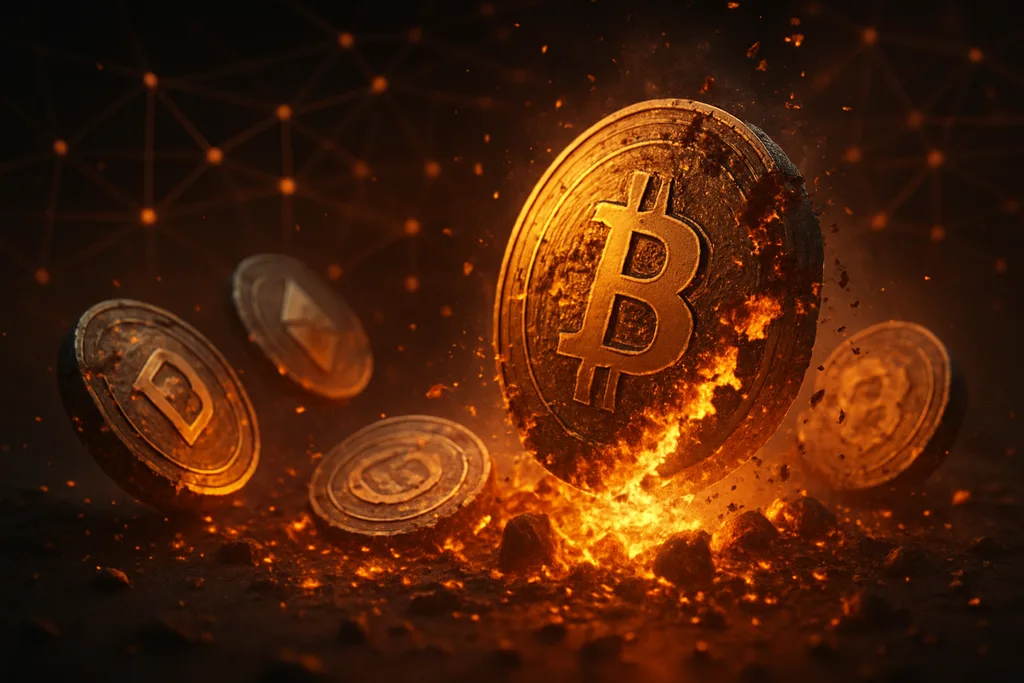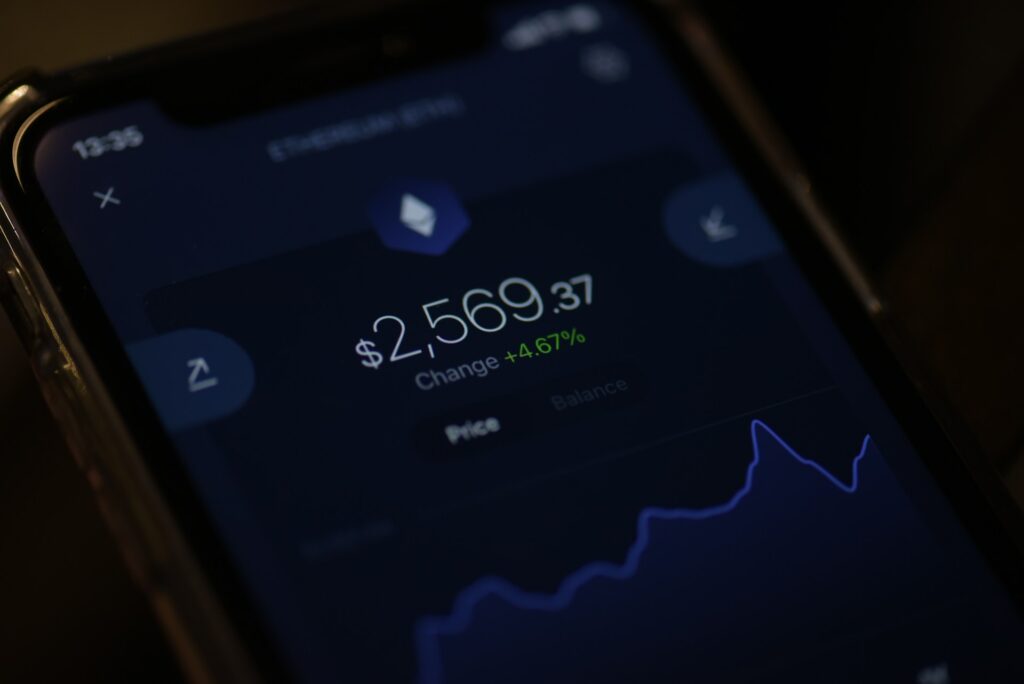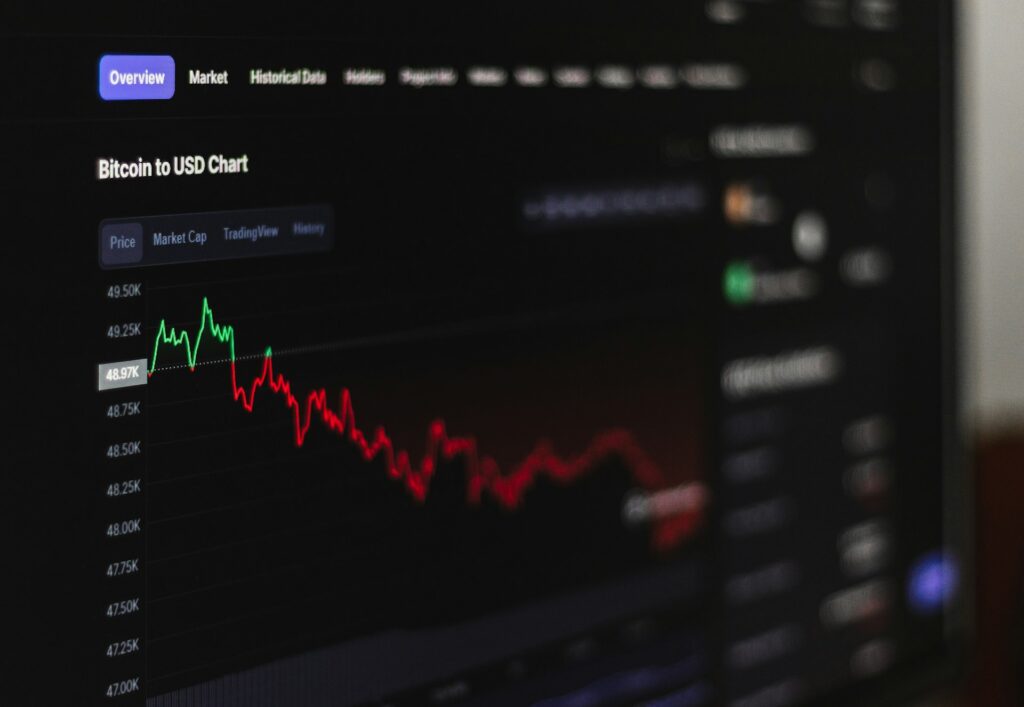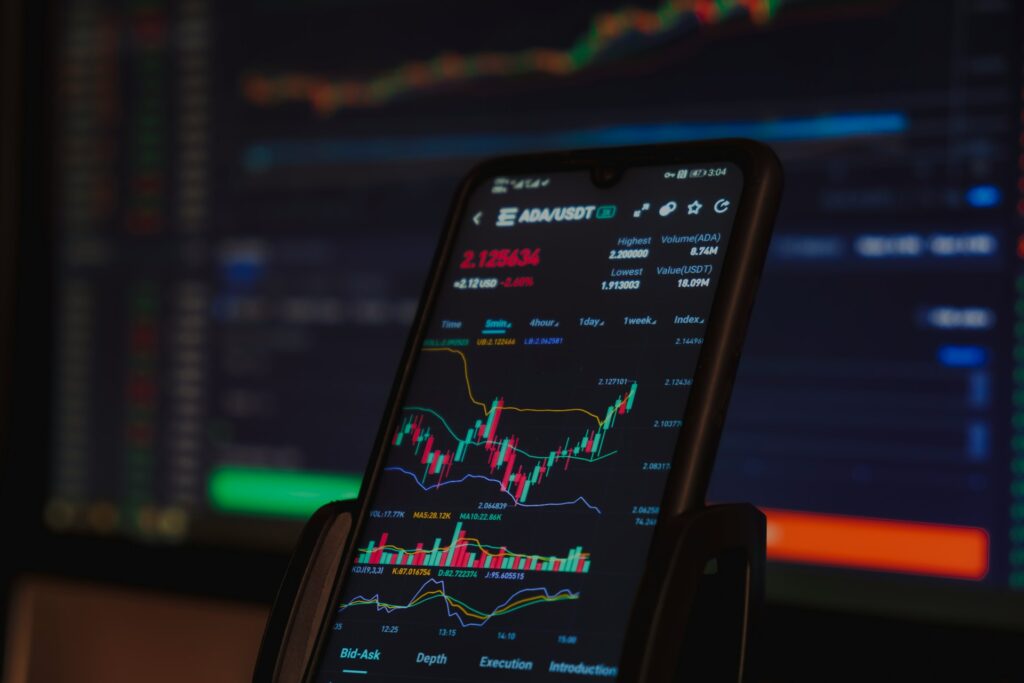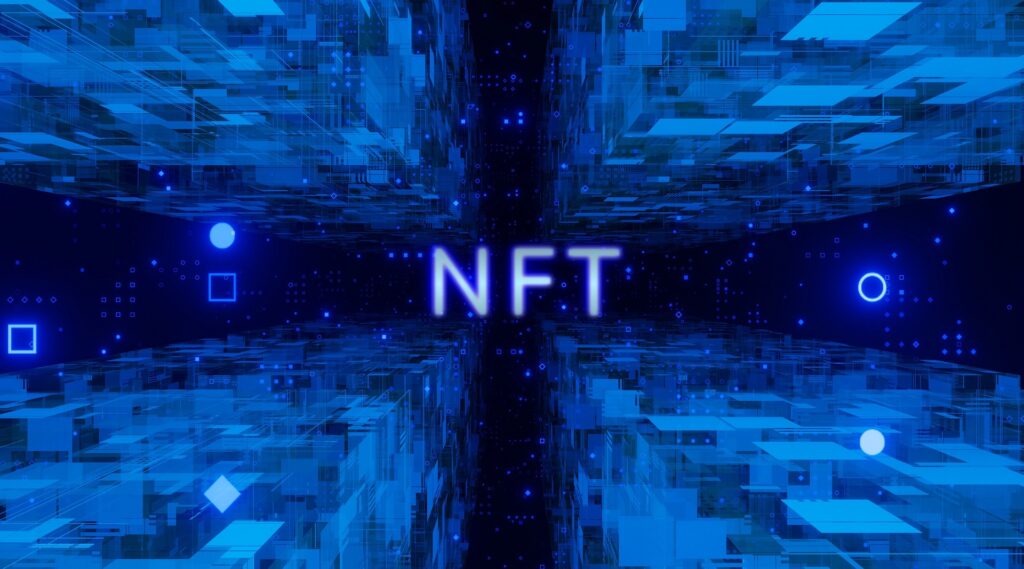If someone told you to set your money on fire to get rich later, you’d probably laugh in their face. Yet in the world of cryptocurrency, there’s actually a system where people “burn” coins on purpose, and it’s considered a smart move in some projects.
When I first heard about Proof of Burn (PoB), I thought it was a bad joke. Why would anyone destroy their own coins? But the more I dug into it, the more I realized it’s one of the most fascinating ways to secure a blockchain and distribute rewards. It’s like planting seeds, you give up something now so that it can grow into something bigger later.
Let’s break this down step-by-step so you’ll know exactly how it works, why people do it, and whether it’s something you should pay attention to.
What is Proof of Burn?
Proof of Burn (PoB) is a blockchain consensus mechanism. Instead of using physical resources like in Proof of Work (mining) or locking up funds like in Proof of Stake (staking), PoB requires participants to send coins to an unspendable address. This process is called “burning” because those coins are permanently removed from circulation.
Think of it like this:
- In Proof of Work, miners spend electricity to prove they’re committed.
- In Proof of Stake, validators lock coins to prove they’re committed.
- In Proof of Burn, users destroy coins to prove they’re committed.
It sounds brutal, but it serves a purpose: Burning coins shows you have “skin in the game” and are willing to make a sacrifice for the network’s growth. In return, you get rewards, often in the form of mining rights, new coins, or increased influence in the blockchain.
How does Proof of Burn work?
The process can vary from project to project, but the basic flow looks like this:
- Choose a burn address
This is a special crypto wallet address with no private key, meaning no one can ever access the coins sent there. - Send coins to burn
You send a specific amount of the project’s coin (or sometimes another coin like Bitcoin) to the burn address. - Get mining power or staking rights
After burning, you receive proportional rights to either:- Mine new blocks (like in Slimcoin)
- Get rewarded with new coins over time
- Gain voting power in the network
- Earn over time
The longer the system runs, the more you potentially gain, assuming the network grows and the rewards are worth it.
An example from the real world
A Reddit user once shared their experience with Slimcoin (one of the earliest PoB projects).
They burned a small amount of coins years ago, just out of curiosity, and were surprised to see that their mining power kept generating new tokens without having to keep their computer running 24/7. It wasn’t a life-changing profit, but it felt like owning a little vending machine that kept giving snacks without needing electricity.
Why does Proof of Burn exist?
When blockchain technology was still young, developers were searching for alternatives to Proof of Work because mining consumed too much energy. PoB was proposed as a greener solution.
Here’s why PoB makes sense in certain cases:
- Energy efficiency – No need to run mining rigs 24/7, which saves electricity.
- Long-term commitment – Burning coins is irreversible, which means participants are truly invested.
- Fair distribution – New coins can be distributed to people who support the network, not just those with expensive mining equipment.
- Deflationary impact – Fewer coins in circulation can help increase scarcity, potentially boosting value.
Benefits and drawbacks
Here’s a quick table to make it easier to compare:
| Benefit | Why it matters |
|---|---|
| Energy efficient | No heavy mining hardware needed |
| Encourages loyalty | Participants commit coins permanently |
| Can boost scarcity | Burning reduces supply |
| Fairer than mining | Anyone can burn, no special gear required |
| Drawback | Why it matters |
|---|---|
| Permanent loss | Burned coins are gone forever |
| Risk of no returns | If the project fails, you can’t get coins back |
| Less tested than PoW/PoS | Fewer large-scale projects use PoB |
| Requires trust in project | Rewards depend on fair distribution rules |
Proof of Burn vs other consensus mechanisms
| Feature | Proof of Work | Proof of Stake | Proof of Burn |
|---|---|---|---|
| Resource used | Electricity | Locked coins | Destroyed coins |
| Energy use | High | Low | Very low |
| Entry barrier | High (hardware cost) | Medium (must own coins) | Low to medium (must own coins to burn) |
| Reversibility | No (spent energy gone) | Yes (coins unlocked later) | No (coins gone forever) |
From this table, you can see PoB is closest to Proof of Stake in concept, but it removes the safety net; once you burn, it’s final.
Common projects that used proof of burn
While PoB is less common than other methods, a few notable projects have tried it:
- Slimcoin – Combined PoB with Proof of Work and Proof of Stake.
- Counterparty (XCP) – Users burned Bitcoin to receive XCP tokens.
- Factom – Used burning as part of its network fee system.
These projects showed that PoB could work, but it never reached the same popularity as PoW or PoS.
Is Proof of Burn profitable?
PoB can be profitable, but only if the project becomes valuable after you burn your coins. Since burning is irreversible, you’re betting on the project’s future.
From what I’ve seen on forums like Reddit and Quora:
- Some people doubled their investment in niche coins by burning early and holding rewards.
- Others burned coins only to watch the project die a slow death.
It’s similar to buying shares in a startup. You either ride the wave to success or watch it sink!
Things to do before participating in PoB
If you’re considering joining a Proof of Burn project, keep these in mind:
- Do your research – Read the whitepaper and understand how rewards are calculated.
- Burn only what you can afford to lose – Treat it like a high-risk investment.
- Check the burn address – Make sure it’s legitimate and verifiable.
- Look at the community – A strong, active community often signals a healthier project.
- Understand the reward schedule – How long will it take to see returns?
If I had to describe Proof of Burn in one sentence, I’d say: “It’s like buying a lottery ticket where the jackpot is slow and steady rewards, but the ticket cost is non-refundable.”
Personally, I find it fascinating because it mixes economics with psychology. Burning coins forces you to think long-term. There’s no panic selling because, well, you can’t sell what’s already burned.
I once experimented with a tiny PoB token just to see how it works. The experience taught me two things:
- The tech side is simpler than I expected.
- The emotional side, watching your coins vanish from your wallet, is much harder.
The future of Proof of Burn
Proof of Burn may not be as flashy as Bitcoin mining or Ethereum staking, but it has its own niche. It’s a commitment-based system that rewards patience and trust in a project’s future.
Looking ahead, I think PoB could become more relevant if:
- Energy regulations make Proof of Work less attractive
- Developers want fairer ways to distribute coins without pre-mining
- Hybrid consensus models (mixing PoB with PoS or PoW) gain popularity
Here’s an interesting twist: some NFT (Non-Fungible Tokens) projects are now using burn mechanics as part of their gameplay. Players burn one NFT to get a rarer one. This isn’t full Proof of Burn in the blockchain sense, but it shows how the idea of destroying something to create value is catching on.
So, while PoB isn’t the most mainstream consensus mechanism, it’s definitely worth keeping an eye on. After all, in crypto, sometimes you really do have to burn a little to earn a lot.
With over five years of experience in the tech industry, Kazim excels at simplifying complex topics, making them accessible to tech enthusiasts and general readers alike.
He has contributed to several renowned publications worldwide, including WindowsReport and Allthings.how, bringing insightful coverage of key developments in the field.
When he’s not writing, you’ll find Kazim planning weekend getaways or diving into tech verticals beyond his expertise.
